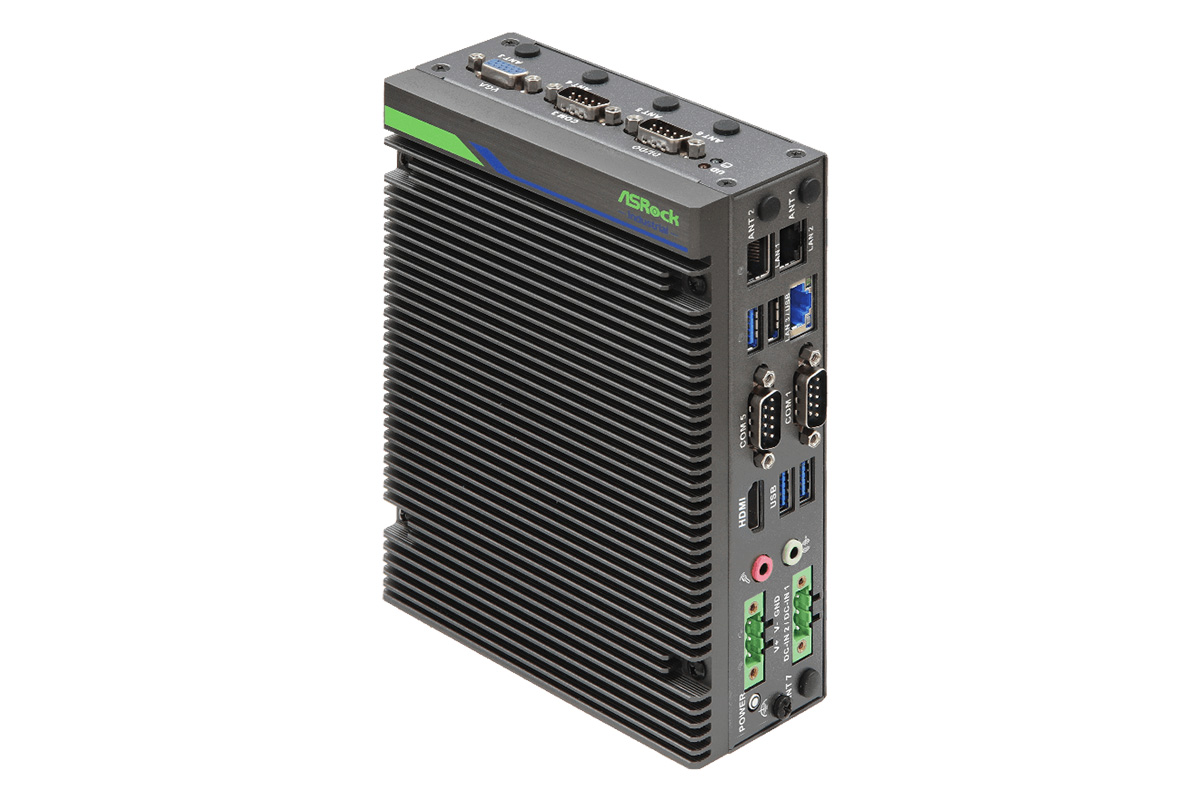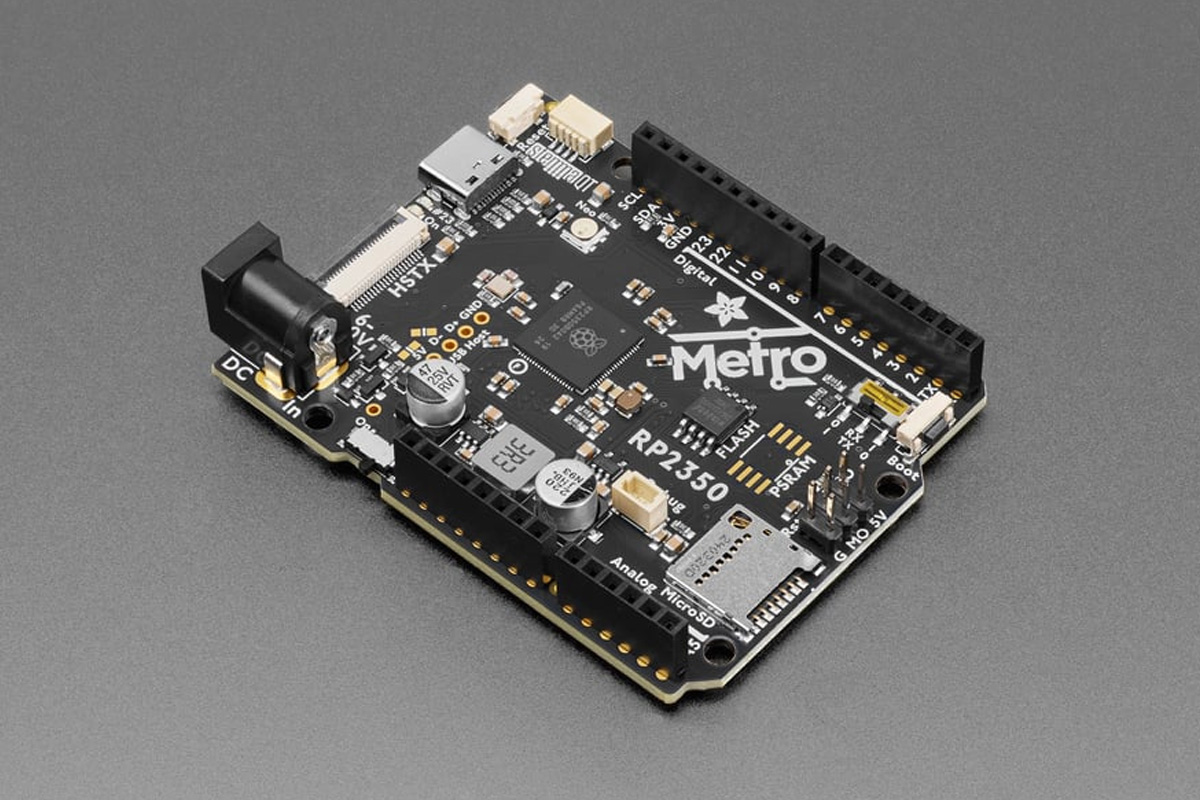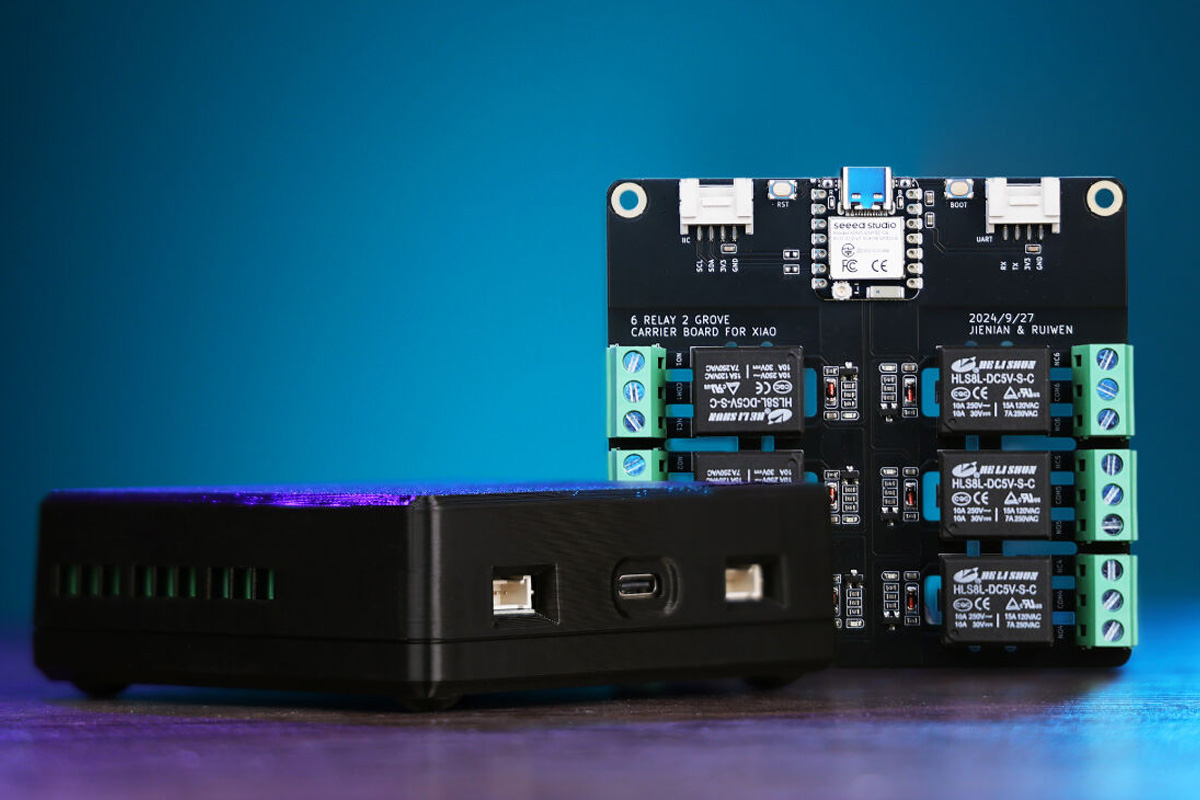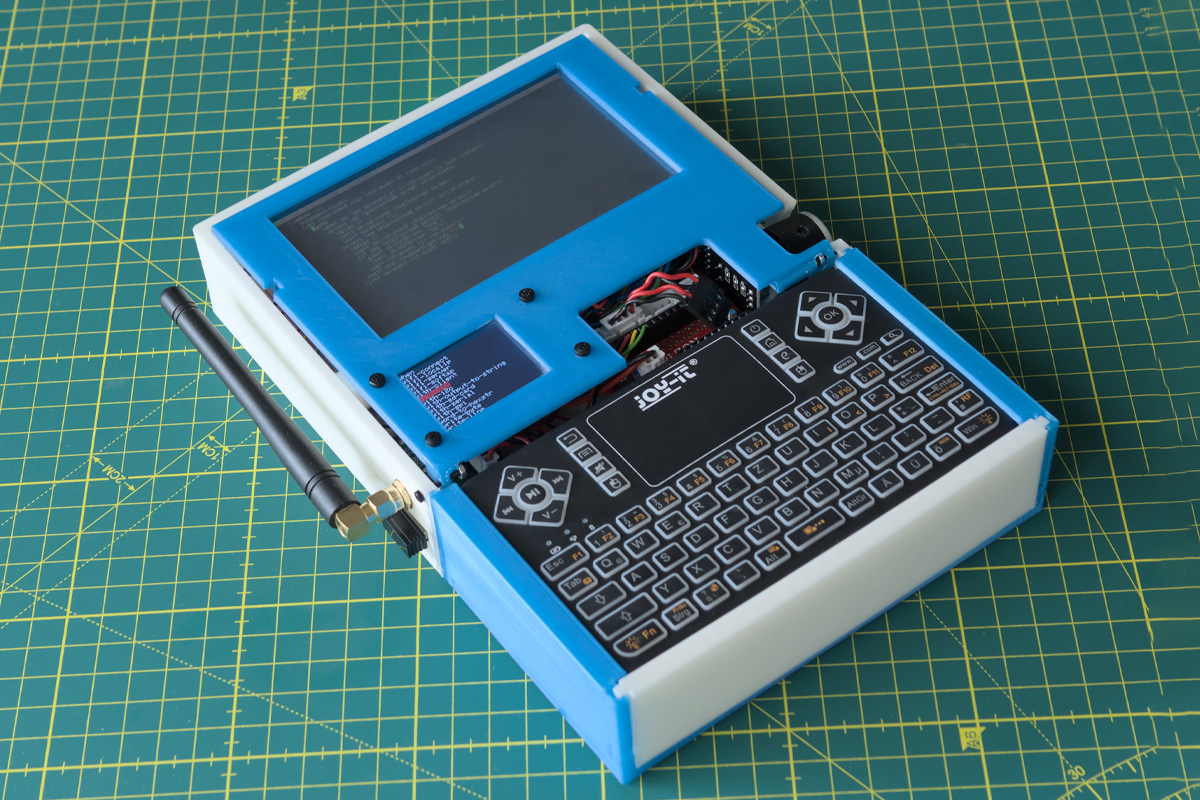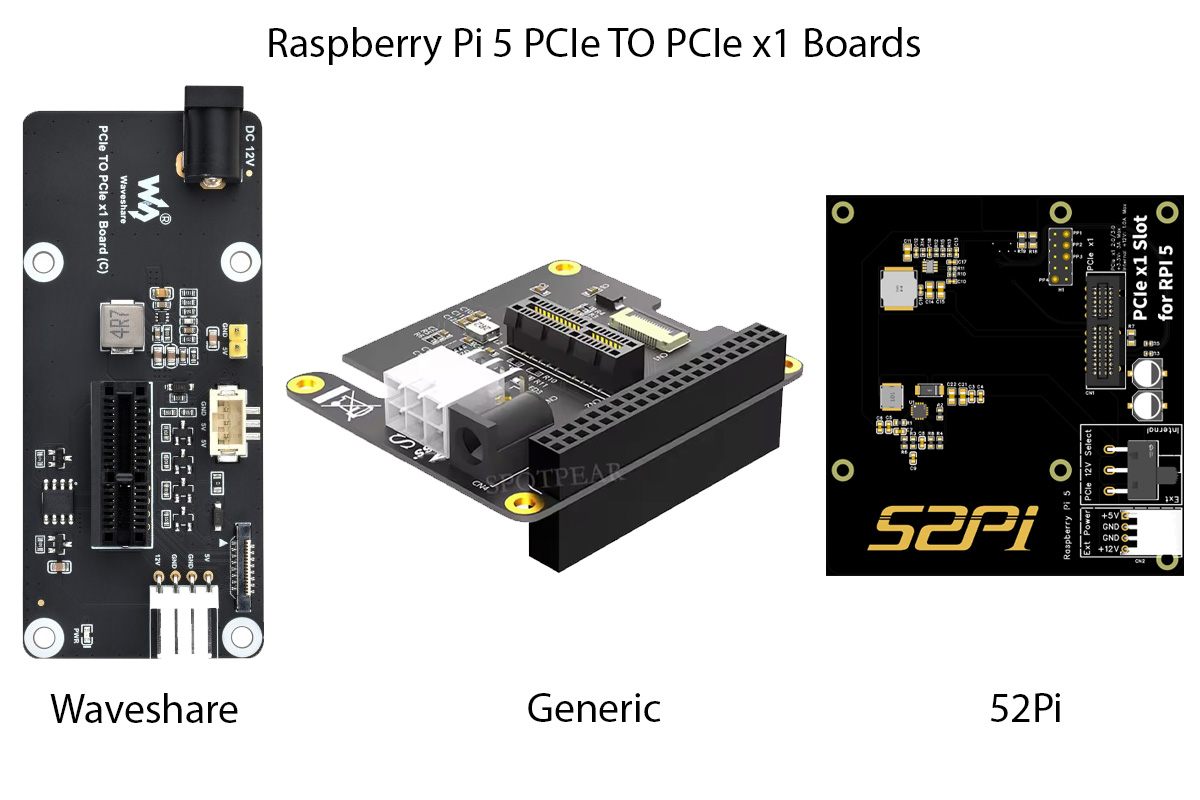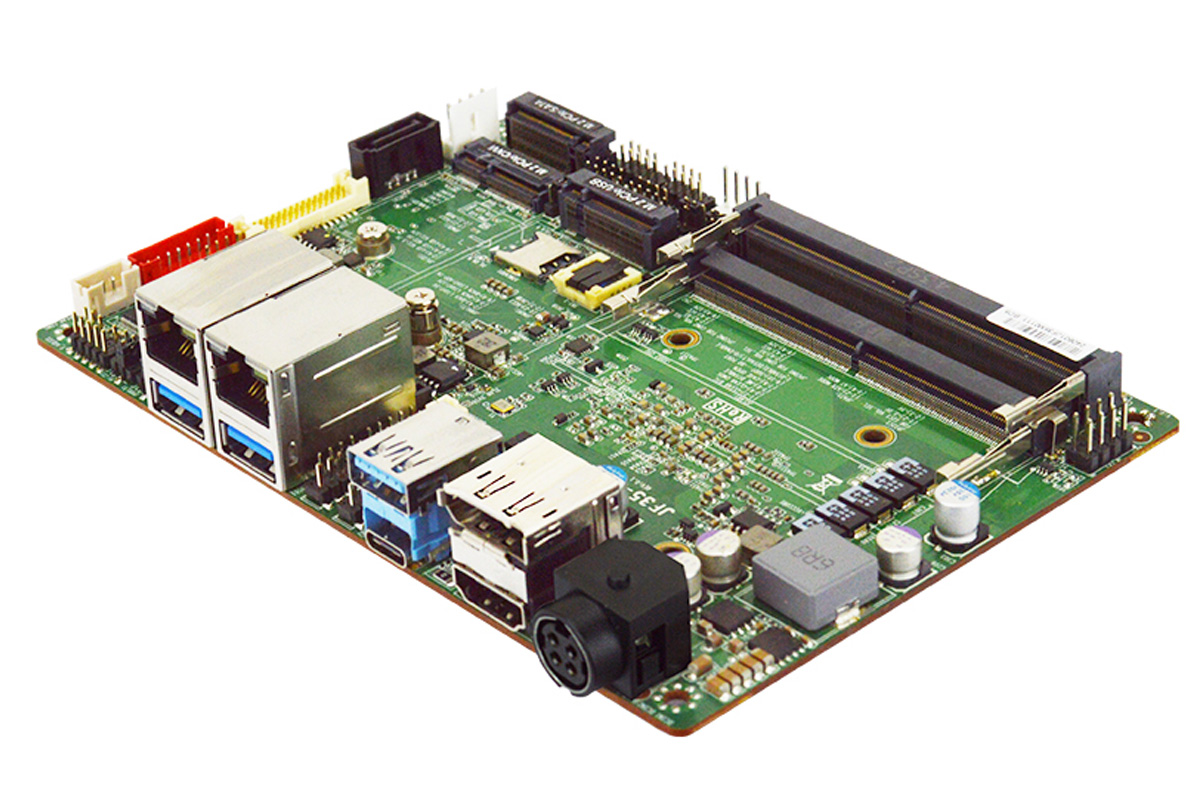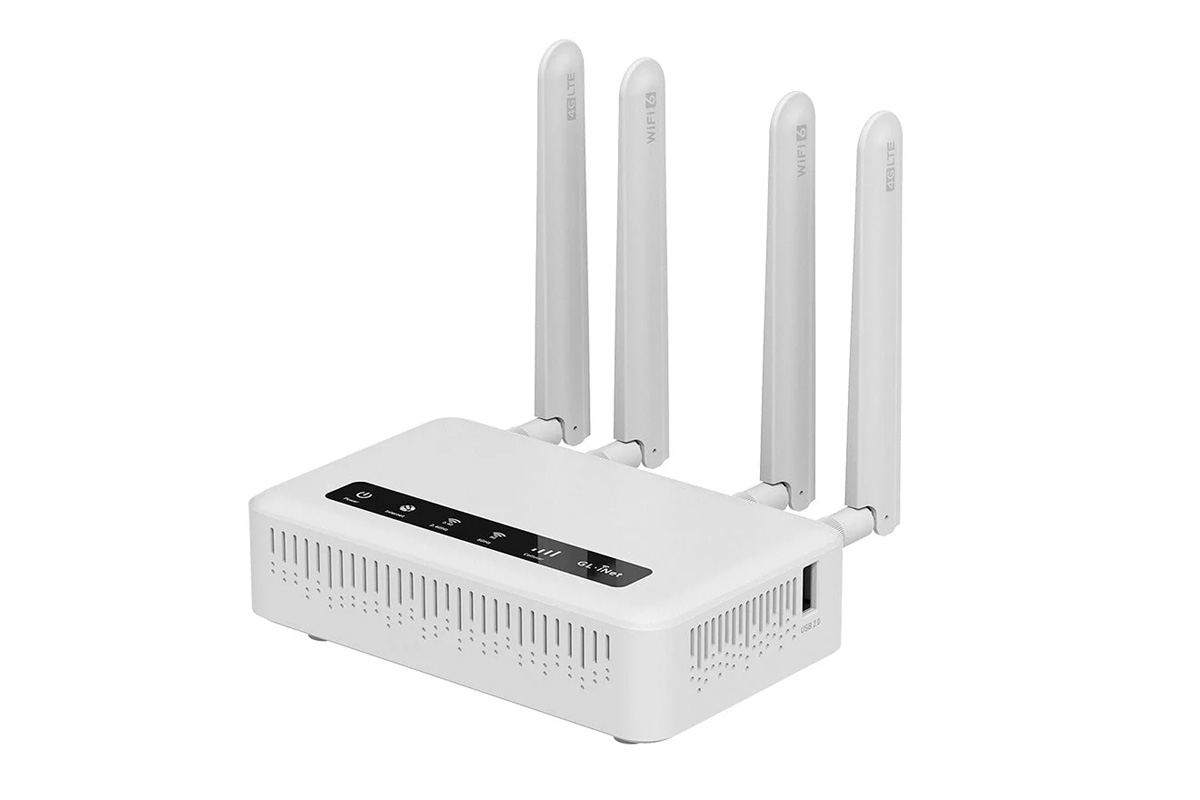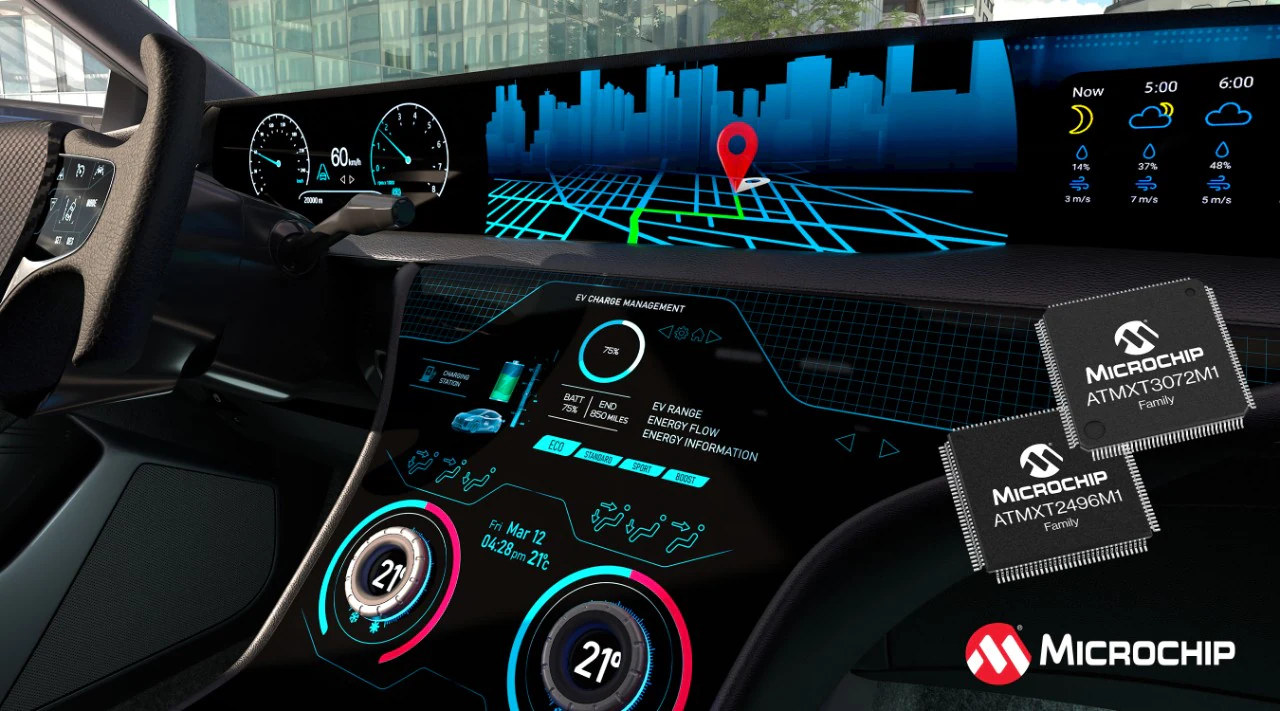ASRock has recently released the iEP-7040E series which are Arrow Lake-H industrial IoT controllers powered by Intel Core Ultra “Arrow Lake-H” SoCs with Intel Arc graphics and Intel AI Boost. They feature a fanless design, 9V to 36V or 19V to 36V DC input, three Gigabit Ethernet ports, and two optional Intel GbE ports with PoE. Depending on the variant, the iEP-7040E supports 4x DI/4x DO or 8x DI/8x DO (with 36V isolation), up to 96GB DDR5 5600MHz with In-Band ECC (IBECC), and Intel In-Band Manageability with TPM 2.0. Expansion options include an M.2 B-Key socket and Nano SIM card slot for cellular, an M.2 E-Key socket for WiFi/BT, and an M.2 2280 M-key socket for storage. I/O options include HDMI 2.0b, VGA, three USB 3.2 Gen2 ports, one USB 2.0 port, three RS232/422/485, audio I/O, and multiple power options with OVP, UVP, OCP, and 80V surge protection. Certified for […]
Adafruit Metro RP2350 development board follows Arduino UNO form factor, features HSTX DVI output
The Adafruit Metro RP2350 is a Raspberry Pi RP2350 development board that closely follows the Arduino UNO form factor for compatibility with existing Arduino shields. Key features include 37 GPIOs, a microSD card slot, a 5V buck converter (6–17V input), an onboard RGB NeoPixel, a Stemma QT port for I2C peripherals, a 22-pin HSTX port for DVI video output, and a USB Type-C port for power and data. It also provides a Pico Probe debug port, an RX/TX switch for UART flexibility, and a UF2 bootloader for easy firmware updates. Target applications include IoT projects, embedded system development, hardware prototyping, and educational purposes. Adafruit Metro RP2350 specifications SoC – Raspberry Pi RP2350 CPU Dual-core Arm Cortex-M33 @ 150 MHz with Arm Trust zone, Secure boot Dual-core RISC-V Hazard3 @ 150 MHz Up to two cores can be used at any given time Memory – 520 KB on-chip SRAM Security 8KB of […]
ESP32-C6-based Wi-Fi relay board features six 10A relays, supports Home Assistant, 3D printed enclosure
Seeed Studio’s XIAO 6-Channel Wi-Fi 5V DC Relay is a compact ESP32-C6 Wi-Fi relay board built around the XIAO ESP32C6 module which supports Wi-Fi 6, BLE 5.0, Zigbee, and Thread connectivity. Designed for remote control and automation, the device comes with pre-installed ESPHome firmware and features six independent relay channels, each supporting 10A at 30V DC or 250V AC, making it ideal for simultaneously controlling multiple DC or AC devices. The board also has two grove ports for sensors and actuators, making it suitable for home automation, industrial control, energy management, smart agriculture, and other applications. XIAO 6-Channel Wi-Fi 5V DC Relay Board Specifications Main module – XIAO ESP32C6 SoC – ESP32-C6 CPU Single-core 32-bit RISC-V clocked up to 160 MHz Low-power RISC-V core @ up to 20 MHz Memory – 512KB SRAM, 16KB low power SRAM Storage – 320KB ROM, and 4MB flash Wireless – 2.4 GHz WiFi 6, Bluetooth […]
LispDeck handheld lisp computer Runs uLisp on Teensy 4.1 with Wi-Fi, LoRa, and two screens
Designed by Hartmut Graw, the LispDeck is a Handheld Lisp computer built around the Teensy 4.1 microcontroller for Lisp programming on the go. It features a dual-screen setup with a 5-inch touchscreen and, a secondary ST77350-based TFT display. It also has an Adafruit RFM96 radio module, an ESP8266 Wi-Fi module, a rotary encoder, an SD card for storage, and a detachable wireless USB keyboard, all housed in a 3D-printed case. Running the uLisp language, it features a standalone Lisp programming environment without needing a PC or tablet. It is an evolution of the LispBox, with a portable and battery-powered design, which also maintains compatibility. Unlike Raspberry Pi-based cyberdecks, the LispDeck is designed for complete control over the system without the complexity of Linux. It is useful for Lisp enthusiasts who want a compact, dedicated computing device that’s fully documented. LispDeck Specifications SoC – NXP i.MX RT1062 via Teensy 4.1 board […]
PCIe x1 slot adapters let the Raspberry Pi 5 SBC interface with standard PCIe cards
Waveshare has recently launched the PCIe TO PCIe x1 Board (C) which is a PCIe FFC connector to standard PCIe x1 slot adapter board for the Raspberry Pi 5. But while searching for more details about the board, I also found out about other solutions from 52Pi and Spotpear, which are a bit older, but still worth taking a look because of their unique features and low cost. These Raspberry Pi PCIe x1 slot adapters allow users to connect expansion cards such as network cards, storage controllers, and other PCIe peripherals to the Raspberry Pi 5. Additionally, the board features a dedicated 12V power header and DC jack, which supplies power to the 12V pins of the PCIe slot, for power-hungry devices. These features allow for applications like AI acceleration, high-speed networking, and storage expansion. Waveshare PCIe TO PCIe x1 Board (C) The Waveshare PCIe FFC to PCIe x1 Adapter […]
Jetway F35-MTU1 3.5-inch SBC features Intel Core Ultra 7 155U or Ultra 5 125U Meteor Lake SoC
Jetway recently launched the F35-MTU1 3.5-inch SubCompact SBC, built around the Intel Core 5 125U and Ultra 7 155U (Meteor Lake) processors which also integrates an NPU for AI acceleration. It supports up to 96GB of DDR5 memory, features dual Intel 2.5GbE LAN with TSN, and supports WiFi 6 and 4G LTE connectivity via M.2 sockets. The board has several 4K display outputs, including DP Type-C, DP, HDMI, and LVDS/eDP. For storage, it offers M.2 slots supporting NVMe, PCIe, and CNVi, along with a SATA III port with RAID 0/1 support for data redundancy. I/O options include USB 3.2, USB 2.0, and four COM ports for serial communication, which can be used to connect external peripherals. With a wide operating temperature range and support for both Windows and Linux, the SBC is well-suited for AI workloads, IoT edge devices, and industrial control systems that demand high performance, connectivity, and reliability. […]
GL.iNet Spitz Plus GL-X2000 – An affordable WiFi 6 cellular router with GbE, dual SIM, and load balancing capabilities
GL.iNet Spitz Plus GL-X2000 is a Wi-Fi 6 cellular router with GbE networking, two nano SIM slots, interchangeable high-gain antennas, and more. It is built around a Qualcomm IPQ5018 dual-core 1 GHz SoC and supports AX3000 Wi-Fi speeds with data rates of up to 574 Mbps on 2.4GHz and 2402 Mbps on 5GHz. Other features include support for multi-WAN connectivity, failover, and load balancing for stable connections, it also comes with preinstalled VPN support for over 30 providers. It also has remote management features that allow users to monitor data usage, update firmware, and troubleshoot through a centralized interface. The device is available in different LTE variants for North American and international markets, supporting region-specific bands. These features make this router useful for applications such as remote work, mobile offices, industrial IoT, and backup connectivity in areas with unreliable broadband. GL-X2000 (Spitz Plus) specifications: SoC – Qualcomm IPQ5018 dual-core Cortex-A53 […]
New Microchip maXTouch M1 automotive touchscreen controllers support curved displays, physical Knob-on-Display technology
Microchip Technology’s ATMXT3072M1 and ATMXT2496M1 add to the existing maXTouch M1 automotive touchscreen controllers and are designed for large, curved, free-form displays, including ones using OLED and microLED technologies. These controllers support up to 112 reconfigurable touch channels (or 162 in ultra-wide mode), enabling touch functionality for displays up to 20-inch (16:9 format) or 34-inch (7:1 format) in size. Additionally, they use smart mutual touch acquisition to enhance signal-to-noise ratio (SNR) by +15 dB, ensuring reliable touch detection in high-capacitive environments. The controllers also feature integrated Knob-on-Display (KoD) technology for physical control knobs on touchscreens and low-latency haptic feedback for enhanced user interaction. The controls meet ASIL-A and B safety standards and support OTA firmware updates with SHA-512 authentication for cybersecurity compliance (ISO 21434:2021). All these features make these MCUs suitable for user-friendly infotainment and dashboard systems. Microchip ATMXT3072M1 and ATMXT2496M1 specifications Touchscreen channels ATMXT3072M1 – 112 fully configurable sensor […]


